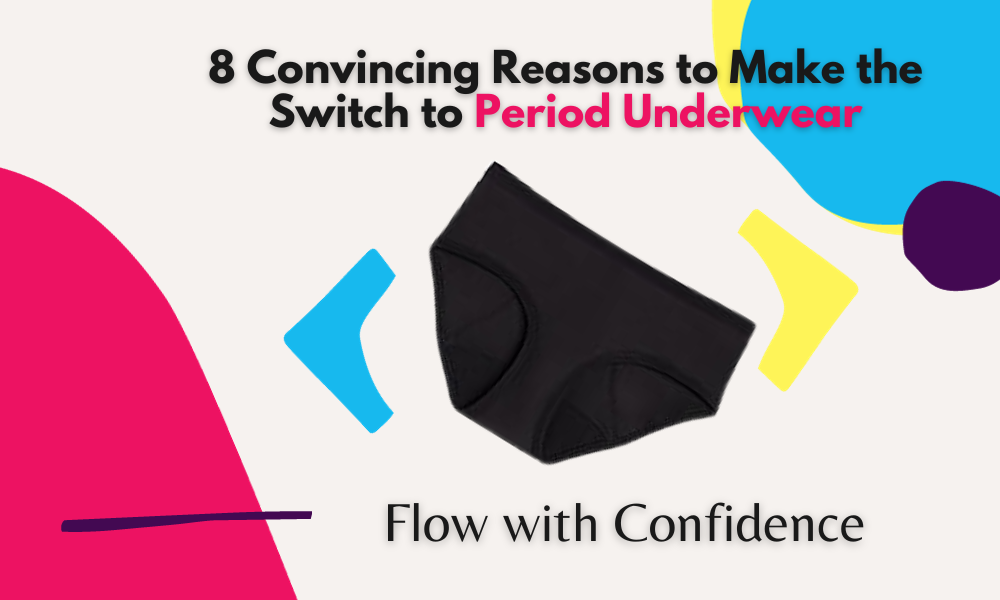Since July 11 was World Population Day, we thought it is best if along with all the Gyan on why we need to control the population or how important population management is, we also spoke about basic contraception or birth control methods that everyone should know about to avoid unwanted pregnancies and conceptions.
What is birth control?
Birth control or contraception is a method, medicine, or device used to prevent pregnancy. One can choose from many different types of birth control methods but this choice should also be made depending on what works best for your body as some may work better than others at avoiding conception. Choice factors also include cost, effectiveness, availability, protection from STIs, certain health conditions, long-term vs short-term protection, and personal beliefs.
Types of contraception/ birth control methods
- Natural Methods,
- Long-acting reversible contraception
- Short-acting barrier contraception
- Barrier Methods,
- Emergency Contraception,
- Permanent Methods (Sterilization).

Let’s look at each one of these along with their cons.
Natural method
Pull out or withdrawal method: This withdrawal method requires the partner with a penis to pull out of the vagina before they ejaculate/orgasm. This requires that the person be able to practice self-control and be in tune with their body, making this a risky and unreliable method of contraception, especially considering that it’s not just cum, but pre-cum as well, that contains sperm.
Cons: While pulling out is slightly more effective than not using any method at all, there still is a high risk of pregnancy since it requires the partner with a penis to be very aware and in control of them during sex in order to pull out on time. Pre-cum also contains sperm and could lead to pregnancy even if the person pulled out before ejaculation.
Calender method:
This method is based on tracking the ovulation for the person with ovaries by identifying the most fertile days of the month when the chance is high to get pregnant (fertile). This is often based on basal body temperature, cervical mucus or is tracked around the 10th to 14th day of a normal 28-day menstrual cycle. To avoid getting pregnant, sex should be avoided these days or use a barrier method of birth control. An ovulation testing kit or fertility kit monitor can also help in determining if ovulation is taking place. Now there are many accessible phone applications that help you track your periods and provide insight on your most fertile days (in case you are trying to get or not get pregnant). Infano’s app is a great choice to track periods and fertility dates.
Cons: Though this is a contraception method with zero cost, this method requires careful tracking of a person’s menstrual cycle to determine their fertile days and is accurate only if the person has a very regular cycle. This method has low effectiveness and does not work for an irregular menstrual cycle.
Long-acting reversible contraception (LARC)
These are birth control your doctor inserts one time and you do not have to remember to use birth control every day or month. LARCs can last for 3 to 10 years, depending on the method. This includes an intrauterine device or IUD like Copper Intrauterine Device (copper T) also known as a non-hormonal, non-barrier method.
Levonorgestrel-Releasing Intrauterine Devices (LNG-IUDs) are
Cons: It does not protect against STIs and periods may become heavier and longer
Other types of hormonal implants are inserted by a professional in the fatty part of your arm and can stay for years. It can be removed at any time at your convenience by a professional tool and is a good long-term hormonal solution.
Short-acting hormonal methods
These are birth control that needs to be taken take every day or month. This includes hormonal pills, mini-pills, patches, which can be stuck on different parts of your body, shot or injection referred to as Depo-Provera is administered by a professional every 3 months, vaginal ring inserted in the vagina for 3 weeks at a time, and can then be reinserted.
Barrier methods
Condoms: External condoms are usually made out of latex, external condoms are made to be placed on a penis to prevent bodily fluids from being exchanged between sexual partners. Internal condoms are made out of polyurethane and are inserted into the vagina.
These are also the only methods to protect against sexually transmitted infections (STIs) and only need to be used during sexual intercourse. There are no side effects and are available in pharmacies or stores over the counter.
The diaphragm can be inserted into your vagina by you or your doctor. It acts as a physical barrier preventing sperms from getting in and can be accompanied by spermicides to increase its efficiency.
Cervical cap is similar to the diaphragm but blocks the cervical opening to prevent sperm from coming in. It can also be accompanied by spermicides. It needs to be fitted by a doctor first.
Cons: Can sometimes slip off or break if not used properly (make sure to use water-based lubricants if using latex condoms). Some people are allergic to latex (non-latex condoms are available but might be harder to find)
Emergency Contraception
According to the World Health Organization (WHO), “emergency contraception (EC) refers to methods of contraception that can be used to prevent pregnancy after sexual intercourse”.
The copper IUD can also serve as an emergency contraception method if it is inserted within the first 7 days after the unprotected sex occurs.
I-pills are recommended for use within 5 days but are more effective the sooner they are used after the act of intercourse. These can be taken after unprotected sex or missing the oral contraceptive pills doses.
Cons: The side effects of taking emergency contraceptive pills are similar to those of oral contraceptive pills. That includes nausea, vomiting, slight irregular vaginal bleeding, and fatigue. These effects are only temporary and should subside once the effect of the EC pills wears off. Taking EC pills has no harmful effects on fertility.
Permanent birth control methods
These prevent pregnancy for the rest of life through surgery or a medical procedure. These include female tubal ligation or occlusion, male vasectomy.
Tubal ligation involves cutting, sealing, or blocking the fallopian tubes which allow the egg to move from the ovaries to the uterus. People who get this procedure done still ovulate and get periods. It is irreversible as a method, so one must be sure they do not want biological children before taking such a step.
Vasectomy involves the cutting or sealing of the vas deferens which are the tubes that carry sperm from the testicles to the penis. It is often a reversible method and takes around 20 minutes to perform as it is not invasive. Culturally, however, many men refuse to undergo this procedure believing it has an impact on their manhood.
The type of birth control chosen should depend largely on the health of the individual, desire to have children now or in the future, and to also prevent sexually transmitted infections. If this seems like a difficult choice to make or decide, it is best to consult a doctor.
Sources: womenshealth.gov, theaproject.org



















